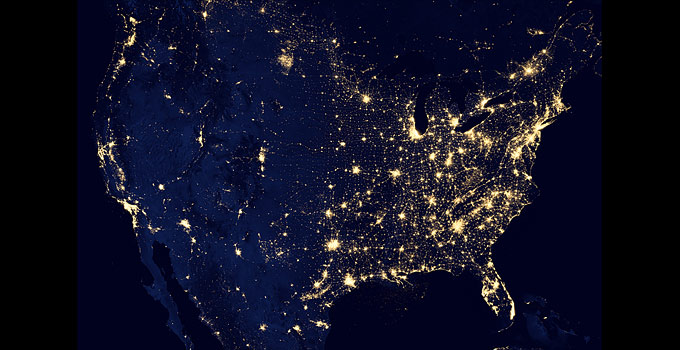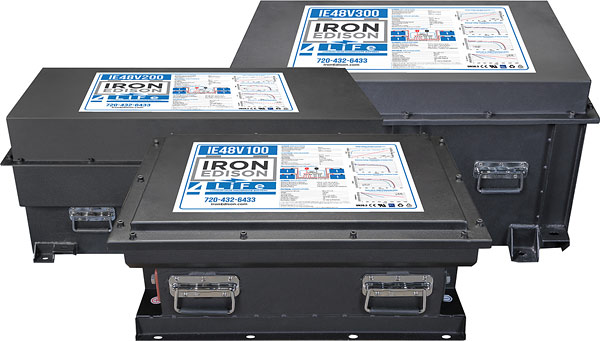Solar Panels per Household in a Perfect World

How Much Energy Consumption per Household
– Residential customers in the United States (132.58 million) directly consumed 1,378.6 TWh (Terawatt hours) of electricity in 2017.
Source: electricity consumption data is based upon data mined from US DOE Energy Information Administration.
An average residential customer in the United States used 866.55 kWh/month (Kilowatt hours) during 2017.
With the average US residential cost of $0.1289/kWh the average monthly electrical bill would be $111.70, prior to additional taxes and fees.
How Many Solar Panels Required
With that said, I thought it would be fun to figure out how many photovoltaic solar panels it would take to meet that demand.
Caveats
Note: Before anyone starts with the caveats, I’ll beat you to it…
1. This is not practical in many areas due to climate/geography.
2. I’m not saying that it’s cost effective to implement solar power. It can be expensive – depending on what you’re doing. Though there are ways to keep costs down by implementing smaller systems just for ‘essentials’, offset with tax credits, and other ways. I do like it for preparedness!
3. Number of hours direct sunlight may vary quite dramatically.
4. Seasonal issues affect solar power output (winter vs. summer). Fewer hours of daylight, lower angle of sun in winter. Far worse in the north.
5. Battery storage requirements (and associated equipment costs) if you want power at night or cloudy days for off-grid living.
Okay, like I said, I’m just doing the basic math for fun, for the ‘average’ residential customer consumption – as though it’s a perfect world. Here goes…
Assumptions:
300 watts per solar panel (typically available these days)
6 hours per day sunlight (use worst case winter hours)
Ability to store the energy (though some grid-tie)
Calculations:
29 kWh per day electricity consumption (867 kWh / 30 days)
4,800 watts per hour production (29,000 / 6)
16 solar panels (4,800 / 300)
A PERFECT WORLD
Okay, now that’s in a perfect world. Never any clouds and guaranteed at least 6 hours/day of sunlight. Typically one would increase # solar panels to accommodate extra for less than ideal conditions. Plus, extra power to store in batteries for “a cloudy day” (or two, or…). Although some people simply grid-tie (no storage for night time or off-grid capacity) where the system automatically switches to grid when it needs to.
GOOD INVERTER
Oh, you’ll need a good inverter too. They essentially turn DC (solar panels & battery power) to AC (home electrical power).
BATTERY BANK & CHARGE CONTROLLER
Plus, if you want power available at night, you need to store it! That will require a battery bank and charge controller. The batteries store the energy and the charge controller charges the batteries during the day.
Some manufacturers have both built-in to one unit (inverter & charger).
EFFICIENCIES
Then you get in to other issues such as inefficiencies of the equipment (though they’ve greatly improved in this area).
They’re a current advertiser here (disclosure) however they wouldn’t be if I didn’t believe in their product.
My current inverter is an Outback VFX3648 for my relatively small system. It seems to be pretty good at efficiency.
OFF-GRID BATTERIES
This can get expensive. Typically people have used lead acid batteries for off-grid energy storage.
Today there have been great strides in other battery technologies such as lithium iron. They have their advantages. A big one of which is their storage density. It takes far less battery space and weight to store energy in lithium batteries than lead acid! They can also be greatly discharged each cycle without damage like would happen to lead acid batteries.
A company well regarded in the industry is Iron Edison. Again disclosure, they’re an advertiser with us. However their products are well worth considering when it comes to off-grid system design.
Continue reading: Lithium Iron Battery For Solar Off-Grid Systems
Read more: Nickel Iron Battery For Off Grid Energy Storage
Bob’s Alternative Energy Category Page
Don’t forget to also check out what Bob has over at ReadyMadeResources in this category of alternative energy. It’s fun to browse and see what’s out there.
CONCLUSION
Well the only real conclusion is that in a perfect world, it would take about (16) 300-watt solar panels per average household to provide enough electricity to feed that average household – according to energy consumption statistics.
Of course some homes consume MUCH more than that and there are LOTS of other caveats to consider.
That said, I simply thought it was an interesting exercise.
COST
Oh! by the way, given that it costs (about) $1 per watt for solar panels (more or less), the outlay just for the panels would be about $4,800. Not counting extra for overhead, other equipment needed and installation costs. So if the average electric bill is say, $150, that would be an equivalent of 32 months ‘break even’ (for the panels). Though in reality a system costs more than that (not the scope of this article).
Read more: The Four Essentials of Off Grid Solar

